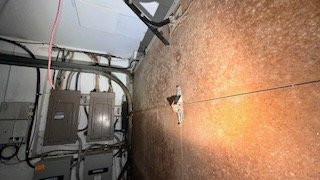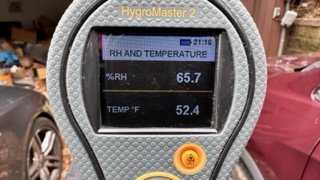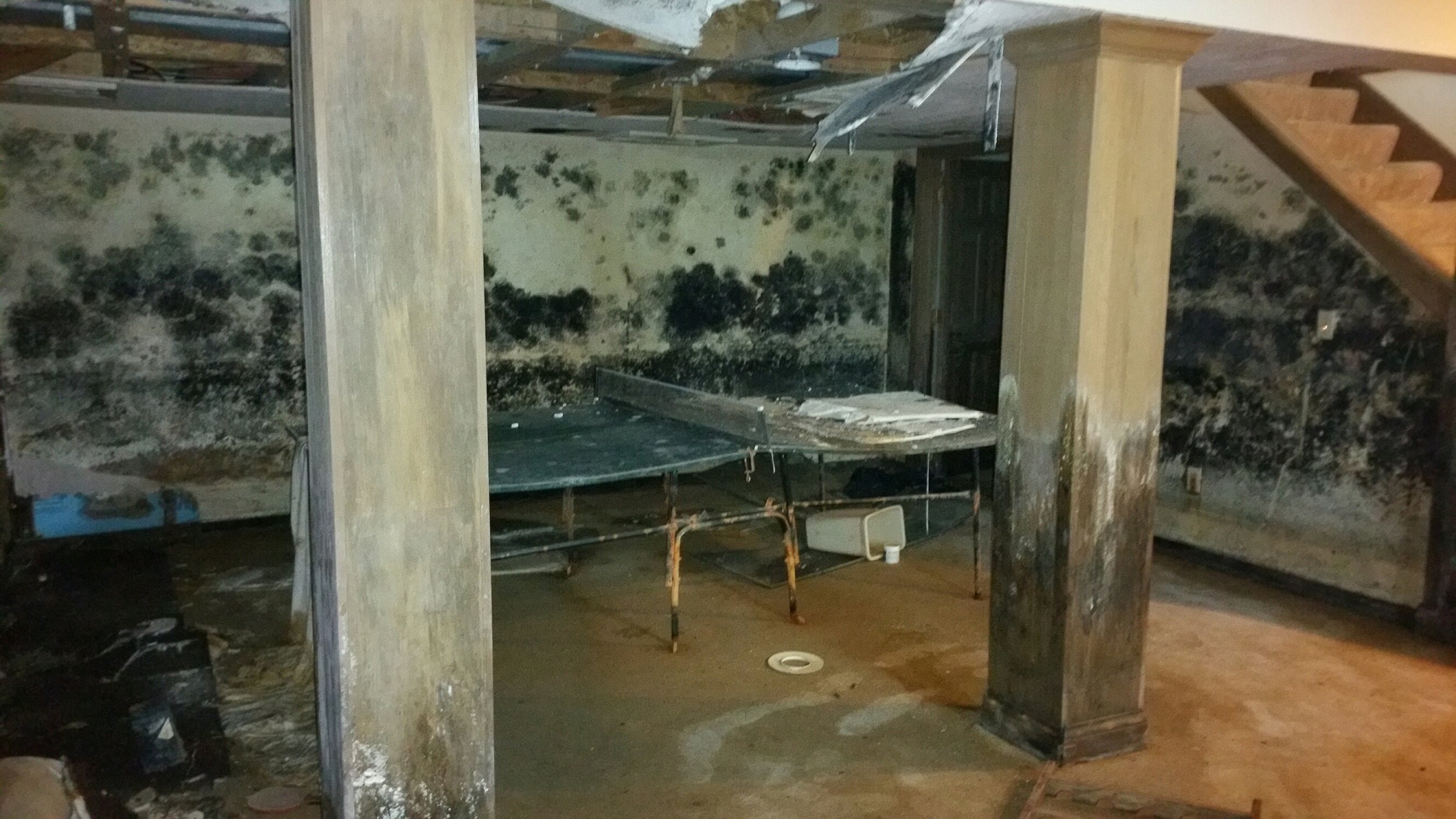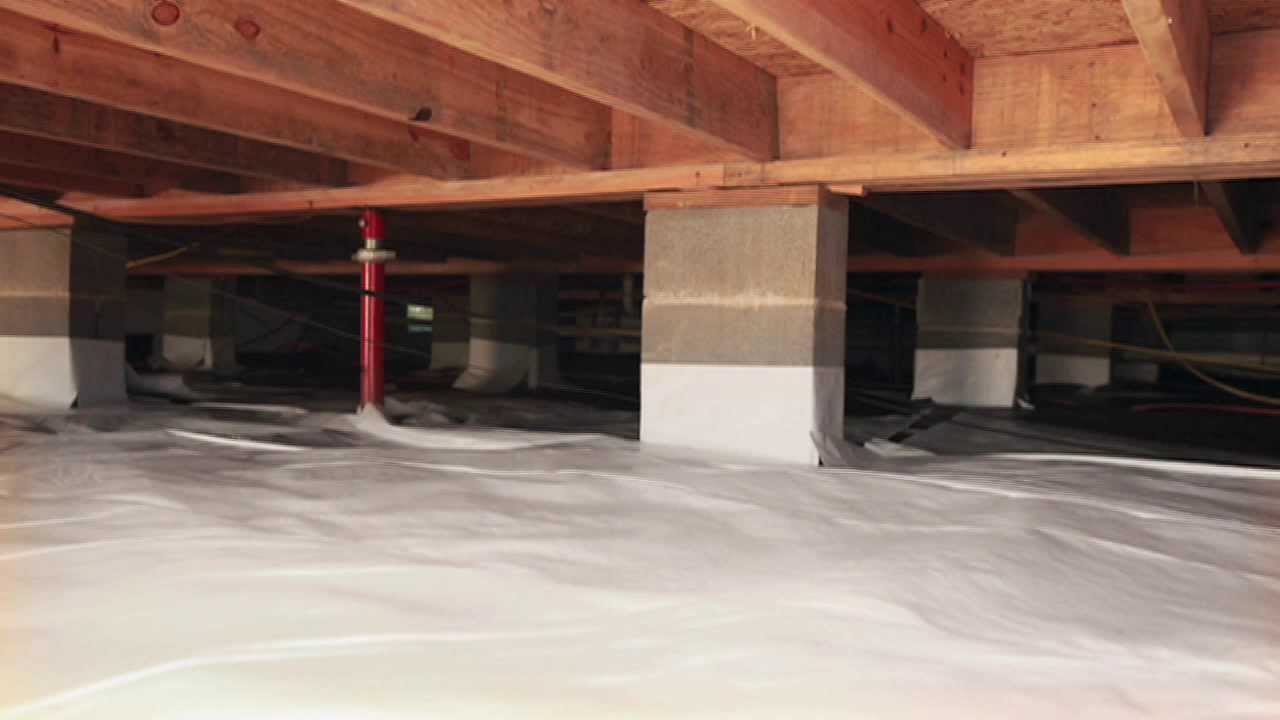Mold Remediation and
Indoor Environmental Quality
We service Southeastern PA, DE, and NJ in Downingtown, PA.
Water is the number one killer of buildings. For that reason, we often refer to locations with fungal growth as water-damaged buildings.
Water, such as bulk water in flooding or plumbing failures, high humidity over a prolonged period, moisture infiltration through the building envelope, and the moisture we all produce through cooking, showering, and perspiring, enters our living or work space daily.
It has been said that the average family of four will produce enough moisture in one year to fill a swimming pool, but most of it goes unnoticed. Our buildings are made out of organic matter, wooden framing, and drywall wallboard, which is paper coated, all of which provide a food source for fungal growth. The only element in the equation of mold spores, organic matter, and its catalyst (moisture) over which humans have some level of control is moisture.
•Health issues and discomfort (Mold and their mycotoxins, as well as other pathogens generated in water-damaged buildings, can cause severe health issues)
•Structural damage (As mold deteriorates the materials it grows on)
•Financial loss
•Lawsuits
An Integrated Solution
At Mold N' More, we are experts at stopping mold in its tracks. We use a revolutionary antimicrobial, EasyDECON (DF200), that kills 99.99999% ( 7 log kill) of mold, mold spores, bacteria, and viruses. Additionally, EasyDECON neutralizes the mycotoxins responsible for severe and chronic health issues. We will:
• Visually inspect your home or business for mold and elevated moisture levels. We will look for indications of moisture intrusion and elevated relative humidity, which is sufficient for mold to amplify on organic building elements. (ie. Drywall, moldings, joists and subfloor, attic sheathing and rafters and even contents)
• Conduct appropriate testing when necessary to evaluate the extent of the problem the type of mold present, and identify possible hidden mold issues. Our sampling methods are determined by the occupant's circumstances and the physical indications of moisture and mold growth potential. The methods may be influenced by physician recommendations.
• Perform a mold remediation by removing all mold impacted building materials as needed to properly clean the building. Establishing proper containment and ventilation measures to control particulate during the process. HEPA vacuuming and treating with EasyDECON (DF-200)®. Maintain proper ventilation following remediation to eliminate the possibility of cross contamination. (We may also recommend leaving containment in place if replacement is necessary to maintain containment to reduce unwanted dust and particulate during the reconstruction phase)
• Offer suggestions on how to prevent recurrence of mold by recommending moisture control solutions and adjustments to the building envelope or ventilation operations.
Mold is commonly found growing in basements, crawl spaces, attics and around plumbing in buildings. Mold needs a moisture source (moisture intrusion) and a food source (any cellulose material such as wood, paper, etc) to grow. The picture above shows extensive mold growth on drywall in a residential basement where it has plenty of both.
Our Standard Remediation Protocol
Containment:
Establishing containment is the most important step when it comes to mold remediation.
No matter which area of your home or building we're working in, we always seal off the space from adjacent areas to prevent cross-contamination. In many circumstances, we cover floors using 6 MIL poly or ram board or similar material to protect flooring. Negative pressure is created by using a negative air machine (or multiple if needed) to control particulate and, in most circumstances, negative pressure vents to the exterior.
In some areas, such as attics, basements, and crawl spaces, following remediation, we may apply an acrylic coating (IAQ 6000, IAQ 6100) as a preventive coating on structural surfaces. The reason for this is two-fold: one it acts as a moisture barrier on wooden surfaces where elevated water vapor may be absorbed and promote mold growth. Two, it acts as somewhat of a mechanical barrier against future mold growth by preventing the mold from accessing the cellulose.
Removal:
Once containment has been established, all mold-impacted materials, such as drywall, paneling, insulation, carpet, flooring, plasterboard, baseboard trim, etc., will be removed until evidence of mold growth is no longer visible.
When direct access to the exterior of your home or building is not available, all mold-impacted materials will be properly bagged and sealed so as not to cross-contaminate the surrounding living spaces/rooms; when possible, containment corridors will be established for removal pathways.
Hard surfaced furniture, such as hardwood, cabinets, particle board, etc., can often be left in the space and treated, provided the moisture and mold damage isn't too severe.
Porous surfaced furniture, such as couches, pillows, mattresses, etc., tend to harbor mold spores, making them extremely difficult to treat successfully.
And when necessary, a dumpster is on site to properly dispose of these landfill-safe materials.
HEPA Vacuuming:
Once all mold impacted materials have been removed all surfaces such as walls, ceilings, floors, subfloor, joists, sheathing, rafters, furniture, etc. will then be HEPA vacuumed (if possible- contingent on size of space).
HEPA vacuuming doesn't necessarily remove all mold biofilms. More often than not staining will remain.
When necessary, grinding is used to remove stubborn mold biofilms while also reducing staining on unfinished surfaces such as joists in a basement or crawl space.
Treatment:
Once all mold impacted materials have been removed and all surfaces have been HEPA vacuumed, all surfaces will then be treated with EasyDECON (via airless paint sprayer).
This process neutralizes any remaining mold spores left on any left behind staining and also fills the air with a fog.
EasyDECON breaks down the mold spore's protein coating neutralizing it entirely. It also breaks down into water and oxygen after 24 hours.
And when needed, Fiberlock's IAQ mold resistant sealer will be applied to unfinished surfaces such as sheathing, rafters, subfloor and joists (via airless paint sprayer) to provide a protective barrier against future mold growth.
Air Scrubbing & Testing:
Following treatment, air scrubbers are then used to clean the air of any remaining airborne mold spores and spore fragments (generally left running overnight).
The final step in our remediation protocol is clearance testing. We generally do surface (tape, swab) in unfinished spaces such as attics and both air and surface in the finished spaces of your home or building.
All samples are then sent to EMLab P&K (third party lab) for analysis. There standard read time is three business days.
In the rare event that we receive unfavorable post remediation test results (elevated spare counts) the first time around we'll repeat the above protocol until desired/acceptable test results are achieved. WE GUARANTEE OUR WORK.
We Install Vapor barriers
Controlling moisture intrusion is most crucial when it comes to mold prevention. Many crawl spaces are built with unfinished floors/earthen floors. This enables moisture to penetrate your home, causing mold issues. The installation of 12 and 20 Mil plastic vapor barriers prevent this from happening, protecting your home or building from mold threats.
We offer
Residential and commercial mold inspections, testing & remediation
We offer surface, bulk and air quality mold testing ( EMLab P&K analysis)
Our technicians are trained Certified Mold Remediation Contractors
Ten+ years experience




























